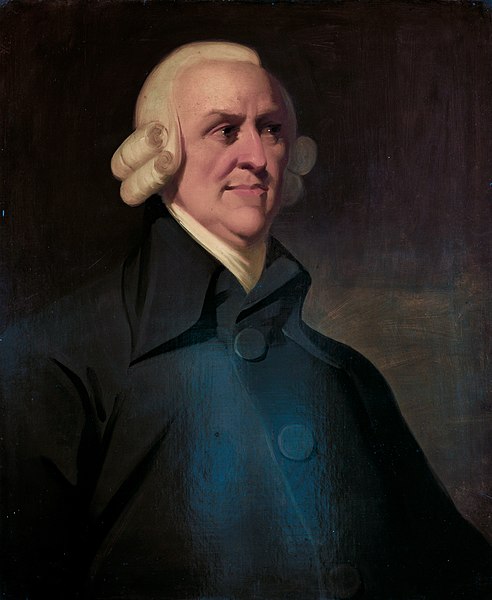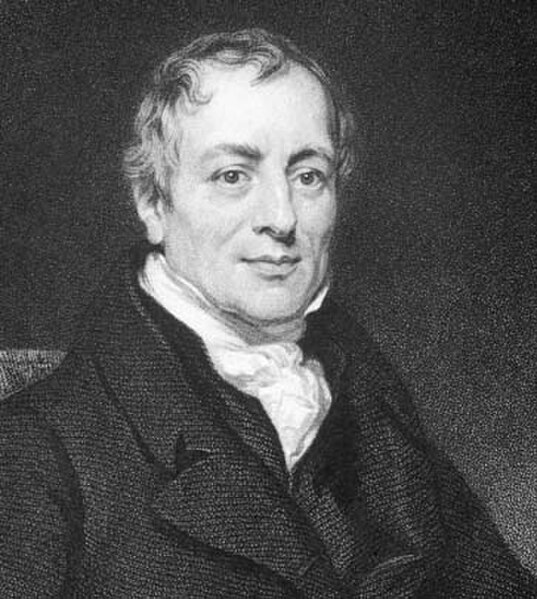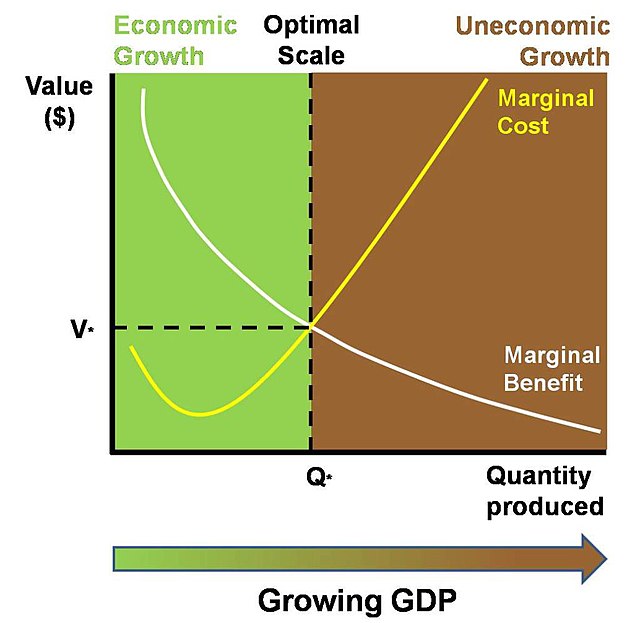A steady-state economy is an economy made up of a constant stock of physical wealth (capital) and a constant population size. In effect, such an economy does not grow in the course of time. The term usually refers to the national economy of a particular country, but it is also applicable to the economic system of a city, a region, or the entire world. Early in the history of economic thought, classical economist Adam Smith of the 18th century developed the concept of a stationary state of an economy: Smith believed that any national economy in the world would sooner or later settle in a final state of stationarity.
Smith examined the economic states of various nations in the world.
Ricardo was opposed to the interests of the landowning class.
Mill believed the future stationary state was both inevitable, necessary and desirable.
Marx replaced the concept of a stationary state with his vision of a communist society that would bring about abundance for everybody.
Ecological economics, bioeconomics, ecolonomy, eco-economics, or ecol-econ is both a transdisciplinary and an interdisciplinary field of academic research addressing the interdependence and coevolution of human economies and natural ecosystems, both intertemporally and spatially. By treating the economy as a subsystem of Earth's larger ecosystem, and by emphasizing the preservation of natural capital, the field of ecological economics is differentiated from environmental economics, which is the mainstream economic analysis of the environment. One survey of German economists found that ecological and environmental economics are different schools of economic thought, with ecological economists emphasizing strong sustainability and rejecting the proposition that physical (human-made) capital can substitute for natural capital.
The marginal costs of a growing economy may gradually exceed the marginal benefits, however measured.
Exergy analysis can be performed to find connections between economic value and the physical world. Here the costs of heating (vertical axis) are compared with the exergy content of different energy carriers (horizontal axis). Red dots and trend line indicate energy prices for consumers, blue dots and trend line indicate total price for consumers including capital expenditure for the heating system. Energy carriers included are district heating (D), ground-source heat pump (G), exhaust air heat pump (A), bioenergy meaning firewood (B), heating oil (O) and direct electric heating (E).






